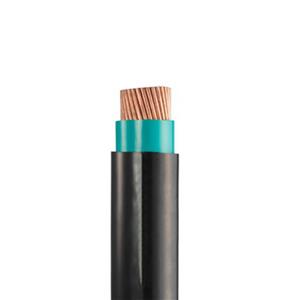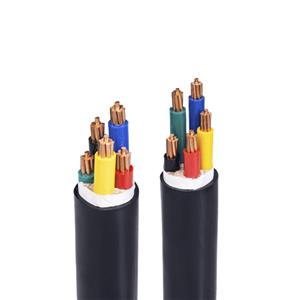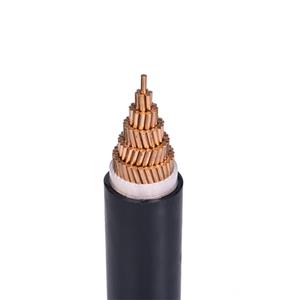How to maintain and prevent power cables from failure?
As an important part of the power grid, the safe and stable operation of power cable lines is directly related to the reliability and efficiency of the entire power system. Therefore, the operation, maintenance and fault prevention of power cable lines are particularly important. Below we will discuss in detail the operation and maintenance content and fault prevention measures of power cable lines.
A. Operation and maintenance of power cable lines The operation and maintenance of power cable lines is a key link to ensure the long-term safe and stable operation of cables. The maintenance content mainly includes the following aspects:
1. Daily inspection and inspection: Regularly inspect the power cable lines to check whether the exposed parts of the cables are damaged by external forces, and whether there is any damage to the cross parts of the cables and external roads, houses, drainage systems, etc. It is also necessary to pay attention to whether the cable line identification signs are intact to ensure that the cable position can be quickly located in an emergency.
2. Temperature detection and maintenance: Regularly detect the temperature of power cable lines, especially for cable lines buried underground, and check the temperature of areas with dense lines or areas with slow heat dissipation from time to time. In summer, temperature maintenance and supervision should be strengthened, and the temperature changes of power cable lines under maximum load should be tested. Detect the temperature of soil and atmosphere in the cable line area, and draw a temperature change curve to detect abnormal conditions in time.
3. Inspection of cable trenches and tunnels: Check whether the fire protection equipment and ventilation equipment in the cable trenches and tunnels are complete and normal, and whether the lighting is sufficient and meets the fire protection requirements. Record the temperature in the trench, clean up the accumulated water and sludge in the cable trenches and tunnels, and ensure a good operating environment for the cables.
4. Technical data management: Establish a complete cable line technical data management system, including cable network general diagram, system wiring diagram, line diagram, etc., to ensure the accuracy and timeliness of these data. These data are of great significance for the expansion, reconstruction and troubleshooting of cable lines.
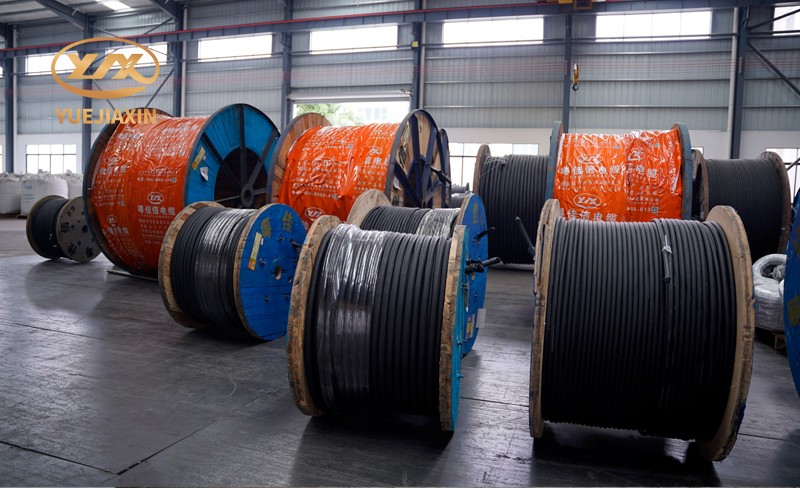
B. Fault prevention of power cable lines
Fault prevention of power cable lines aims to reduce and avoid the occurrence of cable faults and improve the safety and reliability of the power grid. The main preventive measures include:
1. Cable material selection and quality control:
Select appropriate cable materials according to the operating environment to ensure that the cable has good insulation performance and corrosion resistance.
Strengthen quality control during the cable manufacturing process to reduce cable failures caused by manufacturing defects.
2. Construction quality control:
During the construction of cable lines, strictly follow the construction specifications to ensure that the laying of cables, joint production and other links meet the quality requirements. In particular, the insulation treatment of cable joints must be strict and reliable to prevent moisture and moisture from invading.
3. Strengthen cable inspection and monitoring:
Establish a cable inspection system and determine the inspection cycle and inspection items. For cable lines that are easily damaged by external forces such as crossing rivers and railways, inspection and monitoring should be strengthened. When mechanized excavation and other construction are carried out near cable lines, effective security measures must be taken to prevent construction machinery from damaging cables.
4. Regular preventive tests: Perform preventive tests on power cables regularly, such as insulation resistance test, withstand voltage test, etc., to promptly detect problems such as cable insulation aging and moisture. Through preventive tests, the operating status of the cable can be evaluated, providing a basis for formulating targeted maintenance measures.
5. Prevent cable corrosion: For cable lines laid in corrosive soil, anti-corrosion measures should be taken, such as adding outer layer protection, inserting cables into corrosion-resistant pipes, etc. Check the corrosion of the cable regularly, and dig up the soil for inspection and treatment when necessary.
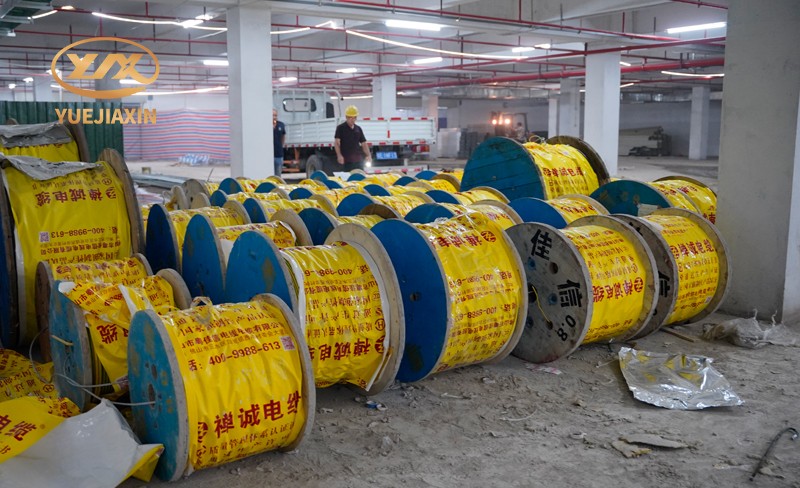
6. Improve management level: Strengthen technical training for cable operation and maintenance personnel to improve their professional level and sense of responsibility. Formulate a complete emergency plan to ensure rapid response and handling when cable failure occurs. Establish cable operation and maintenance files to record the operation status and maintenance history of the cable to provide reference for future maintenance work.

